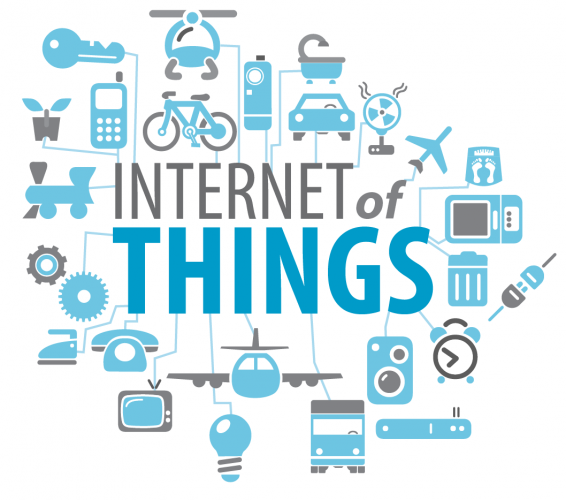The steady growth of power electronics performance, coupled with a reduction in component footprint, has integrated power-based technologies into products and solutions in novel ways that were not previously possible. This has led to an aggressive trend of constantly (re)creating smarter, faster devices with longer battery life, as well as increased functionality within limited board real estate.

Manufacturers have figured out that to maximize energy efficiency, special emphasis must be placed on designing low-power systems, replacing fossil fuels with renewable forms of energy, and recycling discarded energy. The trend is to accomplish these objectives with the help of power electronics (PE).
To achieve significant savings in power, PE systems deliver precision control and efficient operation. To accomplish that, the focus is on microcontroller-driven digital control, as opposed to conventional analog control implementations.
Unfortunately, many experienced PE design engineers come from an analog technology background; as such, they are often unfamiliar with MCU-based designs.
To overcome this professional obstacle, software companies now offer cloud-based solutions to help manage power products for those who are new or unfamiliar. Such a tool lets users store current projects in the cloud, share ideas with others, or gain knowledge from the shared code repository.
Re-focusing the discussion back on the design of power electronics, one sector that’s pushing the miniaturization of products is the Internet of Things (IoT). Oft-referred to as the next Industrial Revolution (as it will change the way businesses, governments, and consumers interact), the IoT has been making its way into everything from lightbulbs and wearables to industrial equipment, vehicles, and more. As consumers’ dependency on being constantly connected to the Internet in some way continues, the miniaturization of microcontrollers, processors, and power management tools is expected to intensify.

As mentioned, the proliferation of the IoT has also penetrated the automotive industry, bringing with it a similar demand for smaller and more efficient power products. It’s predicted that by 2017, four out of five cars will be IoT-enabled; also, the end of 2016 is expected to mark the first year that several new cars produced in the United States will feature embedded 4G Internet connectivity. As a result, automotive businesses will be designing smaller and more efficient power products into their vehicles to meet consumer expectations for IoT-functionality in these newer vehicles.
The industrial and manufacturing industry has seen demand grow for better power electronic design and efficiency. On the assembly line, robots have taken over to increase efficiency, speed, and productivity. As demand for the power industry increases and customers’ needs rise, manufacturers are programming their robots to perform more applications in one plant. Advanced industrial robots have pioneered the automotive industry, and have begun making their way into other businesses. In 2005, 69% of all industrial robot orders in North America were made by automotive original equipment manufacturers, according to data from the Robotic Industries Association. By 2014, that number had shrunk to 56%, offset by increasing shares in other industries, such as consumer goods. That figure is expected to continue to shift to other industries as well. By enabling new technologies that make robots smarter, they will pack greater computing power, detect more sophisticated sound and movement, enable vision recognition, and sense force and torque control.
As demand for higher speeds, improved efficiency, and lighter weight drives product innovation, we see design solutions advancing most rapidly in the power sector. The result of this constant innovation influences several industries – from automotive to industrial and even the Internet of Things. Take a look at the Power Electronics slides below to discover what products and solutions manufacturers are introducing to the power industry today to better meet tomorrow’s expectations.
Advertisement
Learn more about Electronic Products Magazine





